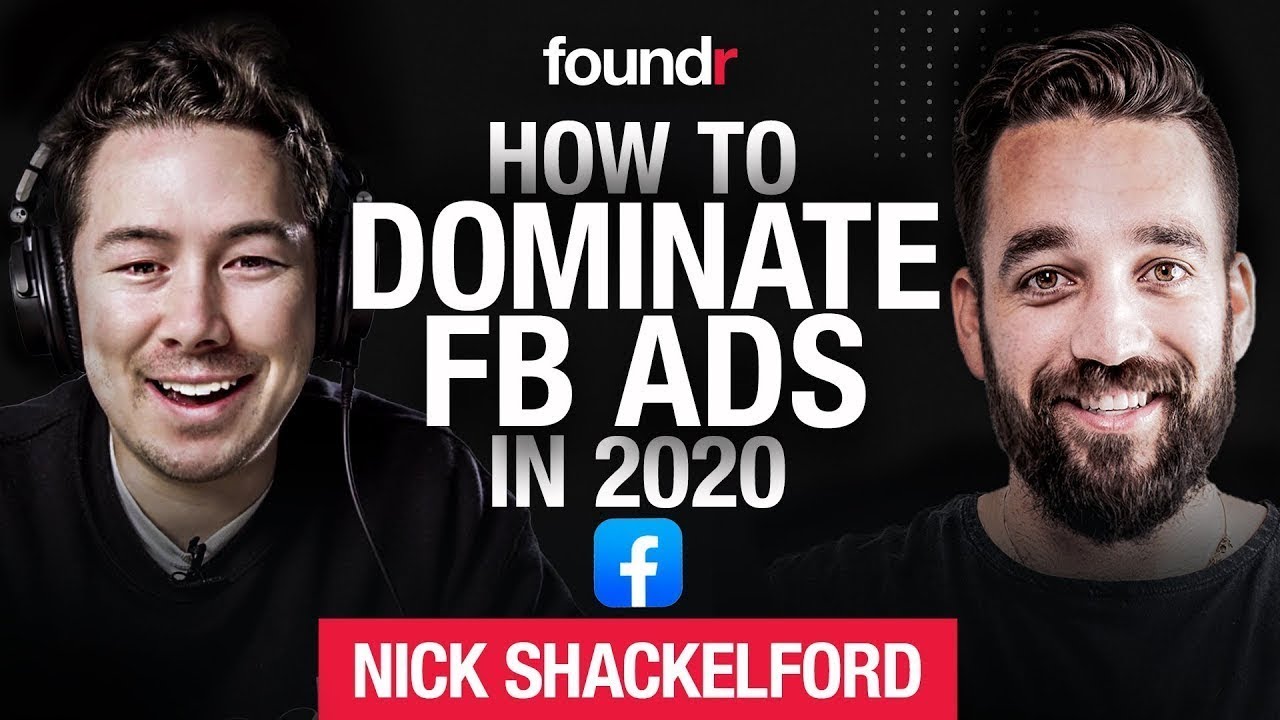Config 2024: Pitching accessible design like a pro | Figma
Summary
TLDRIn this insightful talk, Frank, the co-founder and CEO of Divinate, emphasizes the importance of accessibility in product design. He shares strategies for pitching accessibility to stakeholders, highlighting the legal, business, and ethical reasons for its necessity. Frank's personal experience with colorblindness fuels his passion for the topic, as he navigates the challenges of convincing teams about accessibility's value. The talk provides actionable advice on understanding goals, knowing facts, speaking the right language, and ultimately, doing the work to make products accessible to all.
Takeaways
- 🎤 Speaker Introduction: The speaker, St. Frank, is the co-founder and CEO of Divinate, a tool designed to help make sense of user research, customer feedback, and product analytics quickly for better product decisions.
- 🌟 Personal Connection: St. Frank is deeply invested in accessibility due to his personal experience with severe deuteranopia, a form of color blindness, which has driven his interest in the topic.
- 📢 Accessibility Definition: Accessibility is about ensuring that all customers can perceive, understand, navigate, and interact with the products we build.
- 📚 Legal and Ethical Importance: Accessibility is not only legally required but also a moral imperative and good for business, as it improves the overall quality of products.
- 🤝 Empathy as the Core: The secret to pitching accessibility effectively is empathy, understanding the goals and language of stakeholders, and demonstrating the value of accessibility to them.
- 🎯 Goal Alignment: Understanding the goals of stakeholders is crucial for pitching accessibility, as it allows you to align the benefits of accessibility with their objectives and motivations.
- 📈 Business Benefits: Accessibility can lead to increased conversion rates, expanded market reach, and improved customer loyalty, which are all beneficial to business growth.
- 💼 Stakeholder Engagement: It's essential to engage with stakeholders like CEOs, CTOs, engineers, and designers by speaking their language and demonstrating how accessibility can enhance their work.
- 🔢 Facts and Figures: Presenting facts about the large market potential of accessibility, such as the 1.3 billion people with disabilities globally, can help make a compelling case for investment.
- 🛠️ Start Small, Think Big: Focusing on the six most common accessibility issues can significantly improve a product's accessibility, addressing 96.4% of issues found in a major study.
- 🚀 Action Over Perfection: Encouraging taking action on accessibility, starting with small improvements and gradually working towards a more accessible product, rather than waiting for the perfect solution.
Q & A
What is the main topic of the talk given by St. Frank?
-The main topic of the talk is pitching accessibility to stakeholders and teams, and how to convince them of its importance in product development.
What is Divinate, and what does it do?
-Divinate is a tool that helps make sense of user research, customer feedback, and product analytics quickly, enabling better product decisions. It is currently under development by St. Frank's team.
Why is St. Frank particularly interested in accessibility?
-St. Frank is particularly interested in accessibility because he is severely colorblind, which has been a significant factor in his life and career.
What are the four key things to understand when pitching accessibility to different stakeholders?
-The four key things to understand are the goals of the stakeholders, the facts about accessibility, speaking the target audience's language, and showing up to do the work.
What is the secret to the entire talk according to St. Frank, and why is it important in pitching?
-The secret to the entire talk is empathy. It is important in pitching because it helps in understanding the product and the customer or stakeholders very well, which is essential for a successful pitch.
Why is it important to understand the goals of the stakeholders when pitching accessibility?
-Understanding the goals of stakeholders is important because it allows you to align accessibility with their objectives, making it more compelling and relevant to their interests.
What is the significance of the statistic that 1.3 billion people in the world have a disability?
-The statistic signifies that by making products accessible, businesses can expand their market to the size of China, which is a huge potential for growth and revenue.
What is the legal requirement for accessibility in the European Union according to the Europe Accessibility Act?
-According to the Europe Accessibility Act, by 2025, products must be accessible if businesses want to operate in Europe, affecting both the private and public sectors.
What is the cost implication of making a product accessible later in the development process?
-Making a product accessible later in the development process is 100 times more expensive than addressing it upfront, highlighting the importance of early consideration for accessibility.
What are the six most common accessibility issues found in the WebAIM Million Study?
-The six most common issues are contrast problems, missing alt text, missing input labels, empty links, empty buttons, and missing document language.
How does St. Frank suggest approaching engineers when discussing accessibility changes?
-St. Frank suggests approaching engineers as equal partners, acknowledging the workload, and offering support throughout the process to minimize the disruption and make the collaboration more effective.
What is the final 'hot take' or key takeaway from St. Frank's talk on accessibility?
-The final takeaway is that accessibility is not separate from user experience; it is a fundamental part of good design, underpinned by empathy for all users, including those with disabilities.
Outlines

此内容仅限付费用户访问。 请升级后访问。
立即升级Mindmap

此内容仅限付费用户访问。 请升级后访问。
立即升级Keywords

此内容仅限付费用户访问。 请升级后访问。
立即升级Highlights

此内容仅限付费用户访问。 请升级后访问。
立即升级Transcripts

此内容仅限付费用户访问。 请升级后访问。
立即升级浏览更多相关视频

Monetizing AI — Alvaro Morales, Orb

Dylan Field live at Figma's Config: Intuition, simplicity, and the future of design

How to collect and analyse customer feedback

Michael Seibel - Building Product

Продажи b2b | Как продавать услуги средним и крупным компаниям без личных встреч

Everything I've Learned Spending $100M on Facebook Ads | Nick Shackelford Interview
5.0 / 5 (0 votes)
